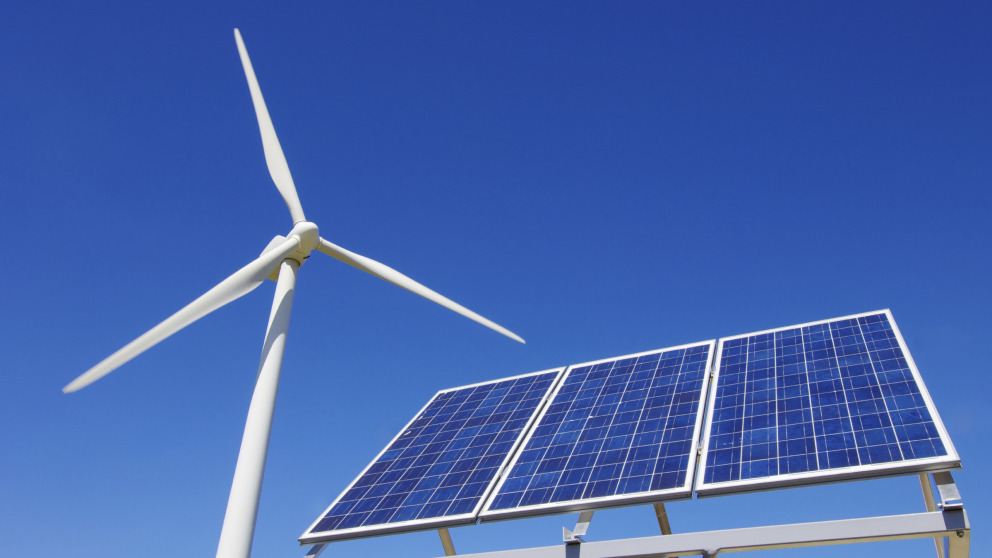A Strong Argument for Wind and Solar Energy: IASS Compares the Water Requirements of Different Forms of Electricity Generation
04.09.2014

Most electricity generation technologies use a lot of water at every stage of the process – from the mining of raw materials to cooling in power plants. Given rapidly increasing energy requirements across the globe, for countries in which water is already scarce, or is likely to become scarce in the near future, ensuring a secure supply of electricity in the long term is a challenge. At the World Water Week in Stockholm, the IASS drew attention to the water-energy nexus – the complex interrelationship of water availability, energy generation, and related factors such as food supply and economic development – during a seminar on 1 September entitled “Producing electricity with less water – New perspectives for renewables in a water-constrained world”. Two central messages were communicated: firstly, with wind and photovoltaic power we can now avail of two environmentally friendly technologies that require almost no water. By comparison, almost 2,000 litres of water per megawatt hour are used in the generation of electricity from coal. Secondly, due to their technological maturity and their increasing cost effectiveness, these technologies are already today being deployed on a large scale.
In his talk, Dominik Schäuble (IASS Potsdam) pointed out that under favourable conditions wind and photovoltaic power can already compete with modern nuclear and coal- and gas-fired power plants in terms of electricity production costs. Several countries already regard renewables as an important pillar of their energy supply: in 2013 investment in the expansion of wind and photovoltaic capacity by far exceeded that in conventional power plants.
With reference to country studies on South Africa, Morocco and China, Diego Rodriguez – head of the World Bank’s Thirsty Energy Initiative – showed how the knowledge about the water-energy nexus gained through analysis and modelling is being integrated into concrete planning processes. Michael Taylor from the International Renewable Energy Agency – IRENA also outlined strategies for doubling the proportion of renewables used in global energy production by 2030, which IRENA is developing within the framework of the REmap Project.
In the concluding panel discussion, Ahmet M. Saatci from the Turkish Water Institute spoke about water supply and the important role played by hydropower. Peter McCornick (International Water Management Institute) focussed on the water situation in South Asia and highlighted the many links between water and energy in agriculture. Thomas Stratenwerth from the Federal Ministry of the Environment of Germany underlined the necessity of going beyond established discourses on hydropower and bioenergy in the water-energy nexus to take account of other renewable energies such and wind and photovoltaic.
During the workshop, IASS Executive Director Klaus Töpfer and Dominik Schäuble gave insights into current international discussion of these issues and the challenges faced by the energy sector. Töpfer emphasised that the German energy transition should be seen against the background of its possible applications across the globe. The sustainable transformation of energy systems is a key research theme at the IASS. With examples from various countries, the water experts at the seminar pointed to the necessity of paying more attention to the water intensity of electricity production in the future.
Presentation:
Dominik Schäuble: The Water Intensity of Different Power Generation Technologies and the Global Status of Wind and Solar PV
Foto: © istockphoto